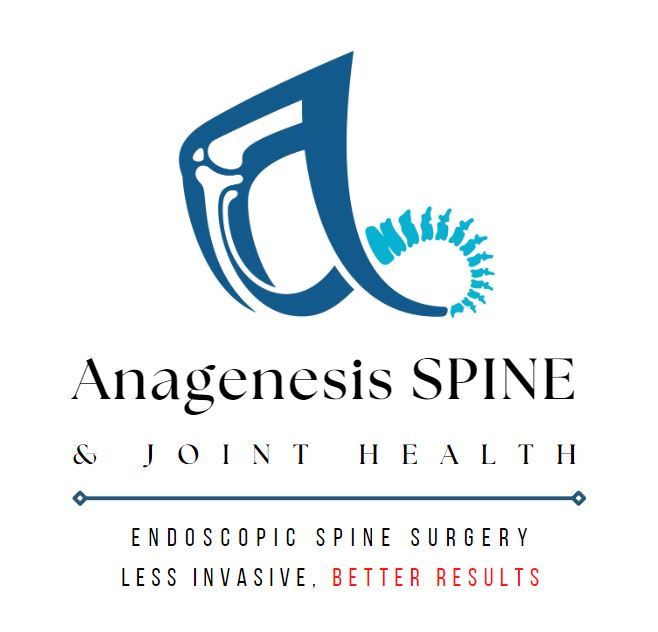Degenerative Disc Disease

What is Degenerative Disc Disease?
One of the most common causes of back pain in New York and nationwide is known as degenerative disc disease. As individuals age or experience a significant injury to their back, the spinal discs weaken and can cause sections of the vertebrae to rub together and press on nerves causing them to become pinched. While degenerative disc disease isn’t actually a disease, it is the medical description for common conditions pain management specialists often treat.
What are symptoms of Degenerative Disc Disease?
Inflammation and abnormal micromotion instability are two symptoms associated with degenerative disc disease. Proteins in the disc space may cause inflammation, leading to low back pain radiating to the hips. Pain might also travel down the back of the legs as well. If the outer rings of the intervertebral disc are damaged or become worn down, it is not as effective in resisting motion in the spine. This condition is known as micromotion instability. Both inflammation and abnormal micromotion instability cause lower back spasms and other issues.
There are a number of lower back pain treatments for degenerative disc disease. For expert care and treatment in the Staten Island region, consult with Dr. Vasilios Kountis.
What Happens with Degenerative Disc Disease?
Degenerative disc disease first occurs as small tears appear in the disc wall causing pain. As they heal, they form scar tissue, which is not as strong as the previous material in the disc wall. Over time, this tissue can weaken, causing the disc center to eventually collapse. Bone spurs can then form from the awkward positioning of the vertebrae. Nerve roots can often become compressed and cause severe pain that may radiate down the leg as well.
What are some of the leading treatments for Degenerative Disc Disease?
Once this diagnosis is confirmed by history and physical examination there are a multitude of treatment options available. Typically oral analgesics are trialed which may include medicine like Naprosyn, Ibuprofen or Meloxicam. Of these three Meloxicam tends to have the most favorable profile and is the most convenient with dosing that is once daily.
Treatment options include targeted physical therapy for spinal stabilization exercises and improvement in your overall mobility. We must not forget that the goal of any treatment should be to relieve pain and improve quality of life and functional ability!
If oral analgesics and at least a six-week course of physical therapy does not provide significant relief, medial branch blocks of the cervical and/or lumbar spine are indicated. This diagnostic procedure will pinpoint which part of the spine is primarily responsible for most of the axial back pain. Once confirmed, radio-frequency ablation or endoscopic rhizotomy would likely be warranted.
Patients with signs of degenerative disc disease in its earliest stage have additional preventative treatments with regenerative options. There is significant literature in the medical community that demonstrate intradiskal PRP to decrease pain and the progression of arthritis in the spine. If we can avoid unnecessary surgery (fusion of the spine) by halting the progression of a debilitating disease we should always keep that first and foremost!

